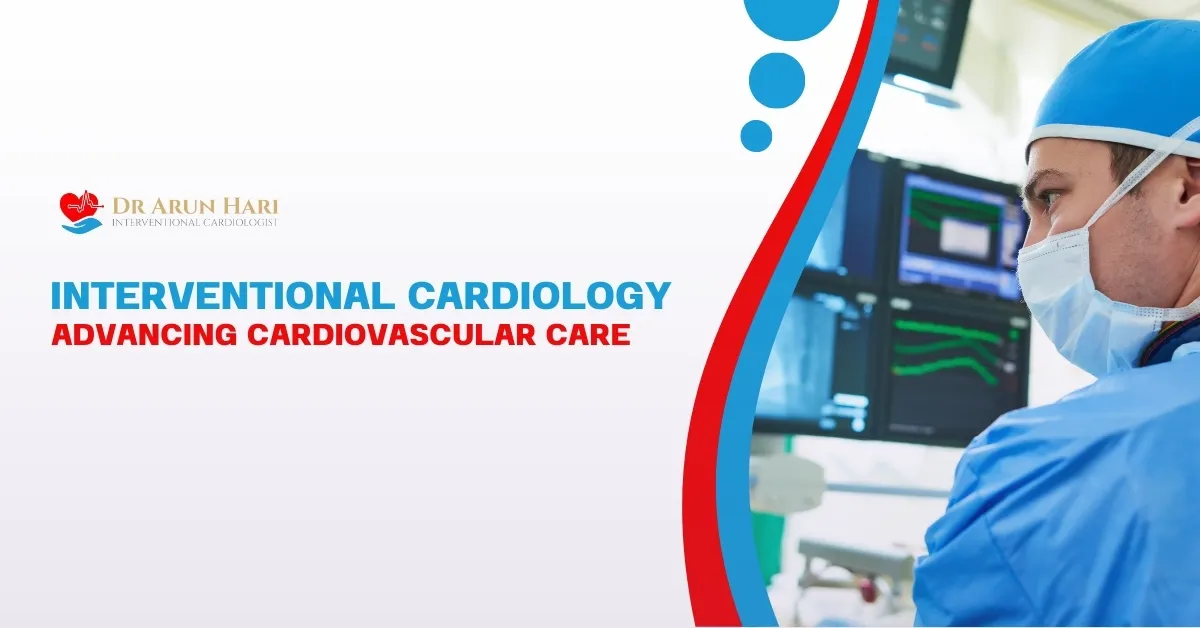Introduction
Interventional cardiology has revolutionized the treatment of cardiovascular diseases, offering minimally invasive techniques that have dramatically improved patient outcomes and recovery times. As a leading cause of morbidity and mortality globally, cardiovascular disease necessitates continuous advancements in interventional cardiology to enhance patient care.
Advancements in Coronary Intervention
One of the most significant breakthroughs in coronary intervention is the development of drug-eluting stents (DES). These stents, coated with medications, prevent artery re-narrowing after angioplasty. Recent innovations in DES have focused on improving biocompatibility and reducing the risk of late stent thrombosis. Newer DES models feature advanced polymers and drugs, offering superior performance, reduced restenosis rates, and enhanced patient safety.
Another major advancement is the introduction of bioabsorbable stents. Unlike permanent stents, these temporary supports dissolve over time, restoring normal arterial function and reducing long-term complications. Recent advancements have improved their durability and absorption rates, making them a viable option for many patients.
Modern balloon angioplasty techniques have also seen significant improvements with the development of high-pressure balloons and cutting-edge balloon technologies. These advancements allow for more precise vessel dilation and better outcomes in treating complex coronary lesions. Additionally, the use of imaging techniques like intravascular ultrasound (IVUS) and optical coherence tomography (OCT) has enhanced the accuracy of balloon angioplasty procedures.
Innovations in Structural Heart Interventions
Transcatheter Aortic Valve Replacement (TAVR) has transformed the treatment of severe aortic stenosis, especially in high-risk patients. Recent innovations in TAVR technology, including new valve designs and improved imaging techniques, have enhanced its precision and reduced procedural risks.
Minimally invasive techniques for mitral valve repair and replacement have also made significant strides. The MitraClip procedure, which uses a transcatheter device to repair the mitral valve, offers a less invasive option for patients with mitral regurgitation. Newer devices and techniques are being developed to address a wider range of mitral valve pathologies.
Left Atrial Appendage Closure (LAAC) is another innovation for patients with atrial fibrillation at high risk of stroke. LAAC offers a less invasive alternative to anticoagulant therapy, with recent advancements in device technology and implantation techniques improving its safety and efficacy.
Cutting-Edge Imaging and Diagnostics
Advanced imaging technologies play a crucial role in the success of interventional cardiology procedures. High-resolution intravascular ultrasound (IVUS) and optical coherence tomography (OCT) provide detailed views of the coronary arteries, guiding interventions with greater precision. These technologies allow for better assessment of lesion characteristics, stent placement, and vessel healing.
Artificial intelligence (AI) is also making significant strides in cardiology. AI algorithms analyze complex imaging data, predict patient outcomes, and assist in decision-making. This enhances the efficiency and effectiveness of interventional procedures, ultimately leading to better patient outcomes.
Remote monitoring and telemedicine have become increasingly important in managing cardiovascular patients. Innovations in remote monitoring devices allow for real-time tracking of vital signs, device performance, and patient symptoms. Telemedicine platforms enable cardiologists to provide consultations, follow-up care, and manage treatment plans without the need for in-person visits, improving access to care and patient convenience.
Future Directions and Emerging Technologies
The future of interventional cardiology is promising, with advancements in personalized medicine, innovative device technologies, and regenerative medicine. Personalized medicine aims to tailor treatments based on individual patient characteristics, enhancing precision and effectiveness. New device technologies, such as bioengineered tissues and advanced robotic-assisted procedures, are expected to improve procedural outcomes and reduce complications. Regenerative medicine holds the potential to repair damaged heart tissue and regenerate blood vessels, offering groundbreaking solutions for cardiovascular diseases.
Conclusion
Interventional cardiology continues to evolve rapidly, driven by innovative techniques and technologies. From advancements in coronary interventions and structural heart procedures to cutting-edge imaging and diagnostic tools, these innovations are transforming the landscape of cardiovascular care. As research and development progress, the future of interventional cardiology promises even more exciting advancements that will enhance patient outcomes and improve the overall quality of cardiovascular care. Staying abreast of these innovations is crucial for healthcare professionals and patients alike, as they navigate the ever-evolving world of interventional cardiology.



